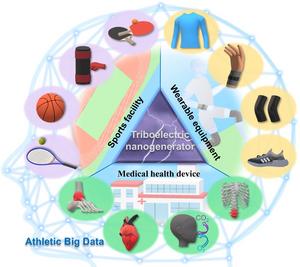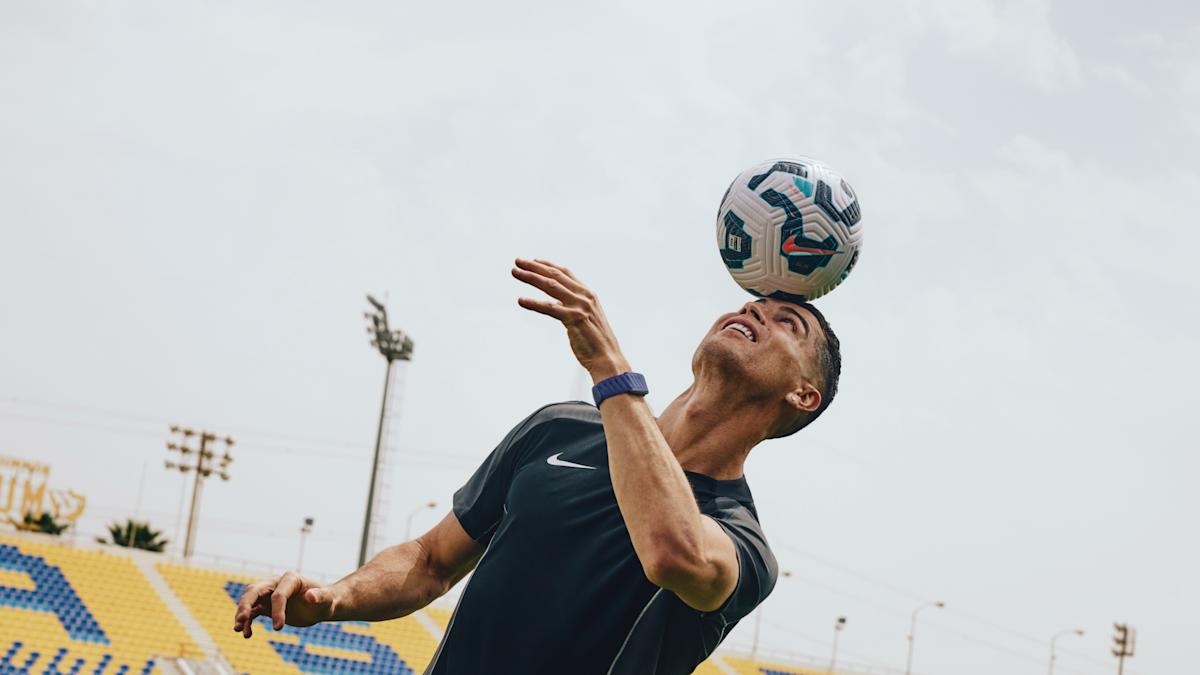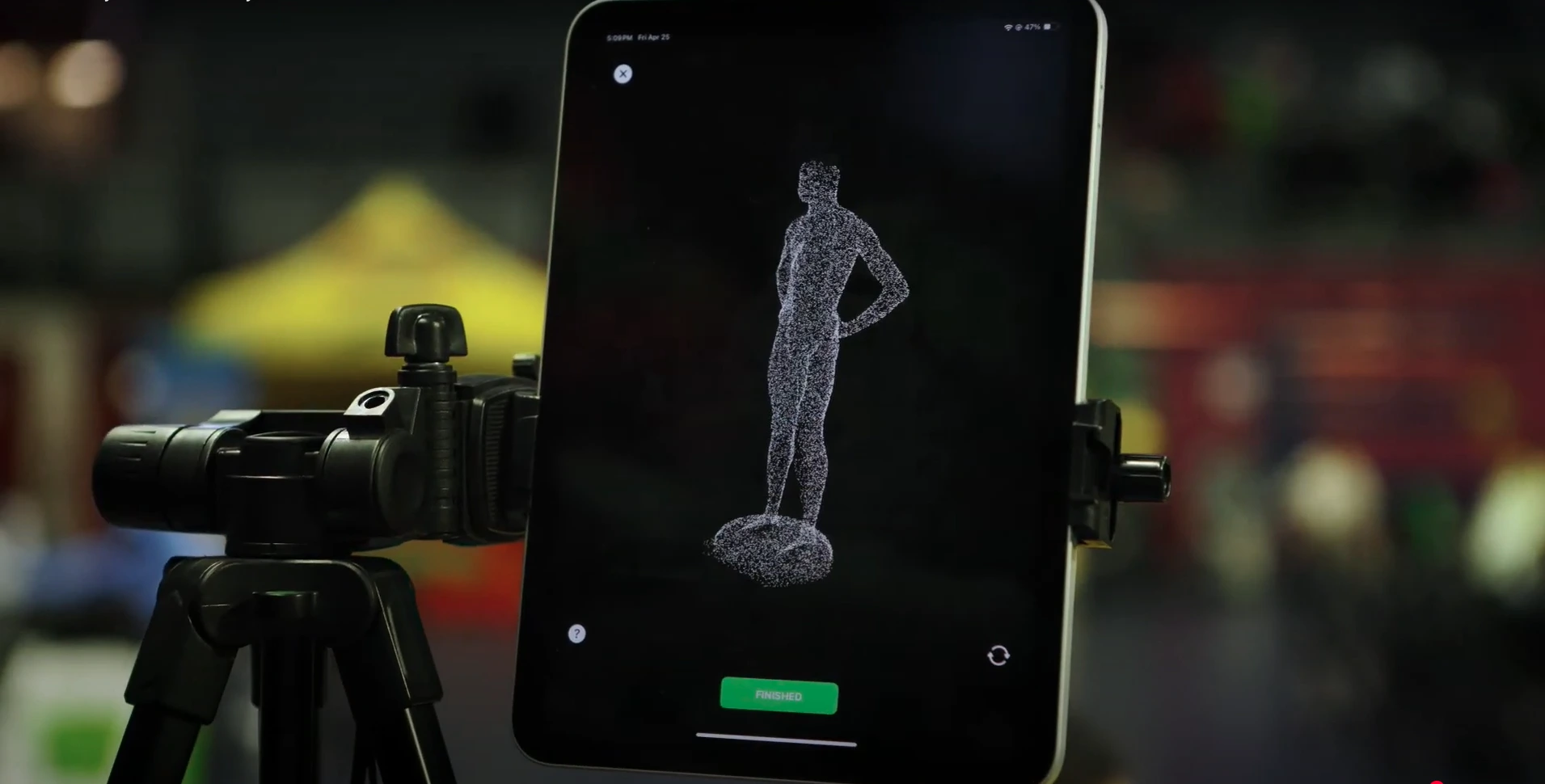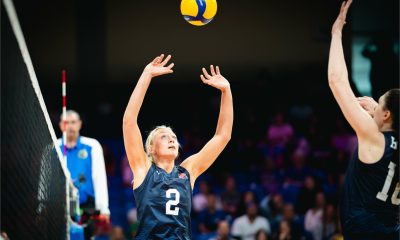A new analysis of 3D body scan data from Penn Relays athletes explores links between body composition, performance and injury risk — a game changer for coaches and athletes
Fit:match, a technology company specializing in 3D body scanning and analysis, is making waves in the athletic and fitness world with Reflect—a patented, single-sensor 3D LiDAR system developed in partnership with Intel Corporation’s RealSense technology to equip coaches and athletes with rich insight into performance potential and injury risk.
The startup recently brought its tech to the historic Penn Relays, where more than 130 athletes, from elite high school runners to pro-level track stars, underwent full-body scans. The data collected is now being compiled into what Fit:match says is one of the most comprehensive body-shape datasets ever gathered at a major track and field event.
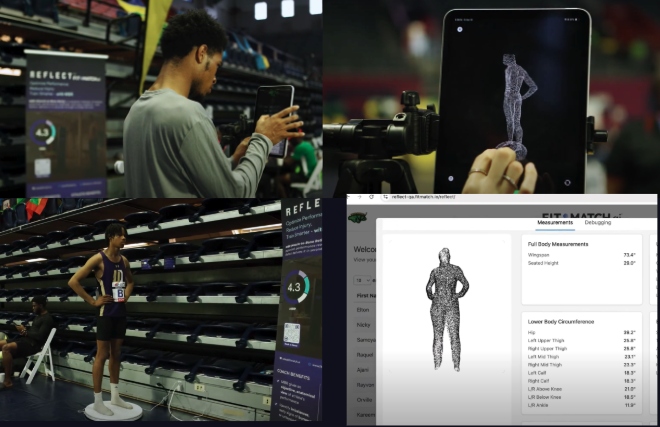
Fit:match has compiled a report based on its findings, revealing how body composition and muscle-to-bone ratio correlate with performance and injury risk and offering coaches and scouts valuable insights for player evaluation, training optimization and injury prevention.
At the event, Fit:match collected Reflect scans of several athletes aged 17 to 22, finding that among male athletes aged 17 and above, muscle-to-bone ratio (MBR) showed a strong negative correlation with race times, indicating that as MBR increases, race times significantly decrease.
Beyond speed, higher MBR enables stronger muscle contractions, enhances torque at key joints, improves power-to-weight ratio and increases mechanical efficiency.
Fit:match also identified key markers tied to injury risk, revealing correlations between specific body measurements and the likelihood of injury. The findings showed that larger calf circumference correlates with a higher frequency of ankle sprains. Similarly, broader shoulder-to-elbow width differentials were linked to an increased risk of shoulder injuries due to greater stress on the shoulder joint.
Other findings demonstrated low to moderate or slight correlations between certain body measurements and injury frequency. For example, there is a slight correlation between athletes with a larger wingspan-to-shoulder breadth ratio and a lower frequency of shoulder injuries. However, those with a larger upper arm-to-forearm circumference ratio showed a slight correlation with a higher frequency of elbow injuries.
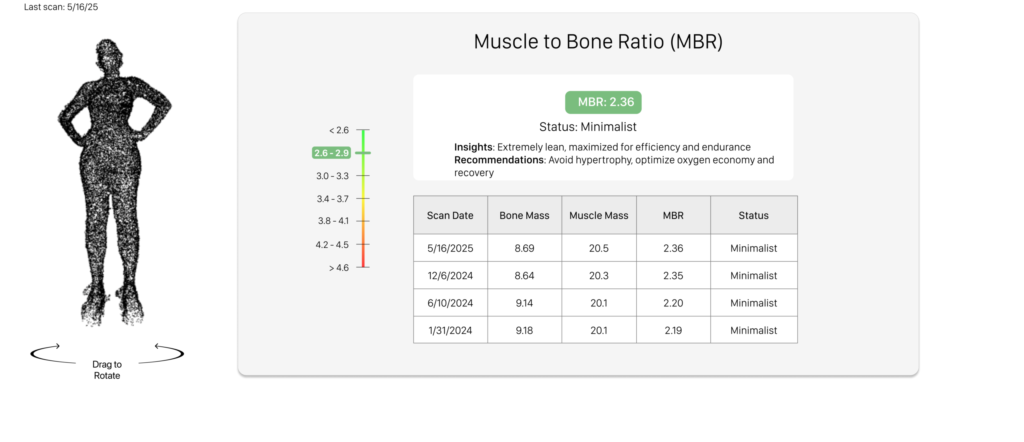
“We’re rolling out Reflect to more schools and expanding across football, baseball, soccer and track and field,” Fit:match CEO Haniff Brown said. “Our mission is to democratize access to elite-level tech—bridging a major gap in the market with cost-effective AI and computer vision tools built for sports and fitness. Pro teams are already using Reflect to gain performance and injury insights that once took weeks to uncover, and the feedback from coaches, scouts, and sports scientists has been incredible.”
In the coming months, Fit:match says it plans to roll out new features driven by market demand, expand its technology into gyms and training centers and unveil endorsements from top names in sports.



